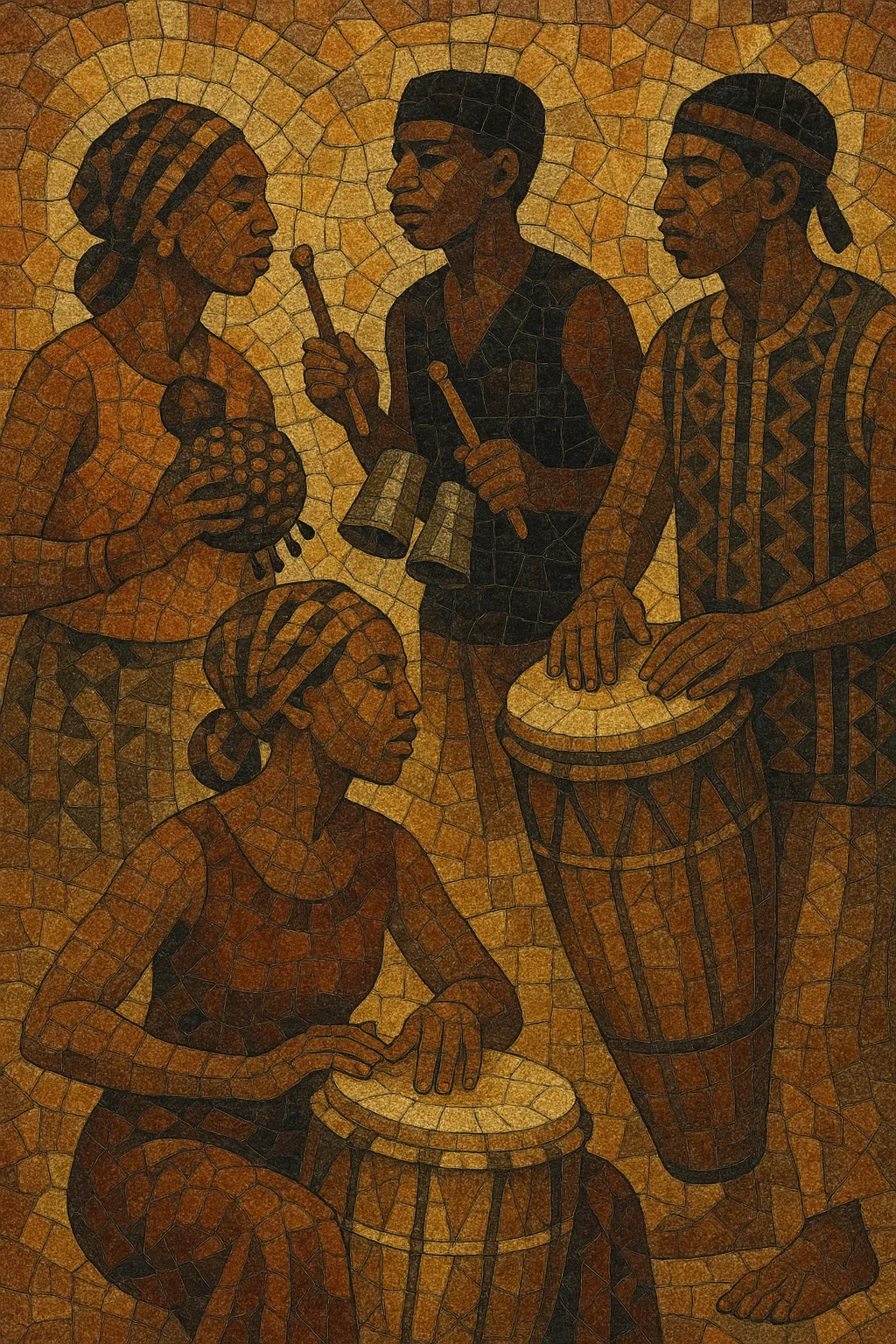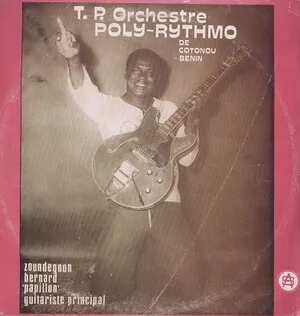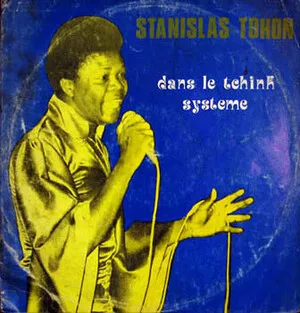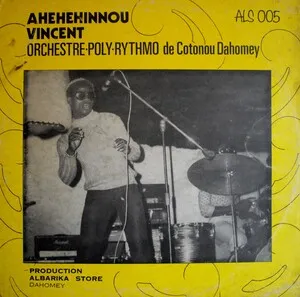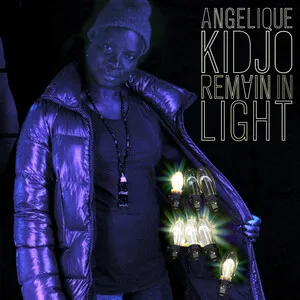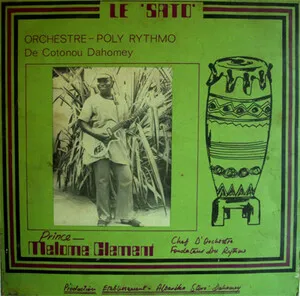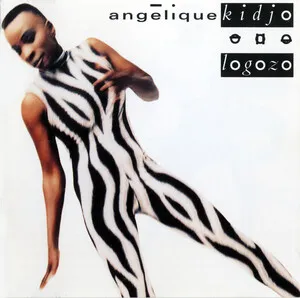Fon music refers to the traditional music of the Fon people of present-day Benin, centered historically in the Kingdom of Dahomey. It is deeply intertwined with Vodun (Vodou) ceremonial life, court traditions, and communal celebrations.
Musically, Fon ensembles are built around interlocking polyrhythms: a time‑keeping bell pattern (often a double bell) and rattles anchor the groove while multiple hand- and stick-played drums layer complementary parts. Call-and-response singing, responsorial chants, and praise texts in the Fon language are common. Melodic instruments are sparing in traditional settings; rhythm, voice, and timbre are primary, with dance inseparable from performance.
Distinct regional/dance styles such as zinli and tchinkoumé emphasize different drum timbres, tempos, and movement vocabularies, while ceremonial repertoires for specific Vodun deities use characteristic rhythms and songs.
Fon music crystallized in the royal and ritual life of the Kingdom of Dahomey (17th–19th centuries). Court ceremonies, funerary rites, and Vodun worship developed specialized drum ensembles, bell timelines, and responsorial chants. Music functioned as social history, communal memory, and spiritual technology.
Under French colonial rule, ritual practice persisted, and community associations safeguarded repertoires tied to specific deities and lineages. Instruments and dance vocabularies were transmitted through apprenticeships, with master drummers and singers maintaining high standards of technique and knowledge.
After Benin’s independence (1960), traditional Fon rhythms increasingly intersected with urban dance bands and studio productions. Folk‑derived forms like zinli and tchinkoumé informed popular hybrids, and ensembles began augmenting percussion and voices with guitars, organs, and horns. The groove logic (12/8 cross‑rhythms, bell timelines) remained, even as harmony and song forms modernized.
Through the Atlantic slave trade, Fon religious-musical concepts traveled to the Caribbean, notably shaping Haitian Vodou’s Rada rites and drumming. In the late 20th and 21st centuries, Beninese artists drew international attention by fusing Fon rhythmic DNA with afro‑funk, afrobeat, jazz, and global pop—keeping ceremonial aesthetics alive while creating contemporary stages for Fon cultural expression.

